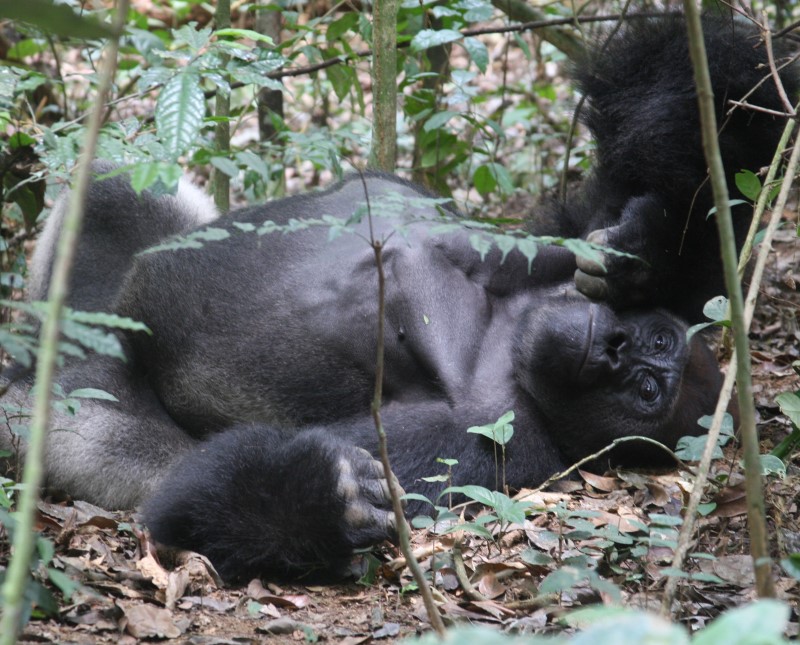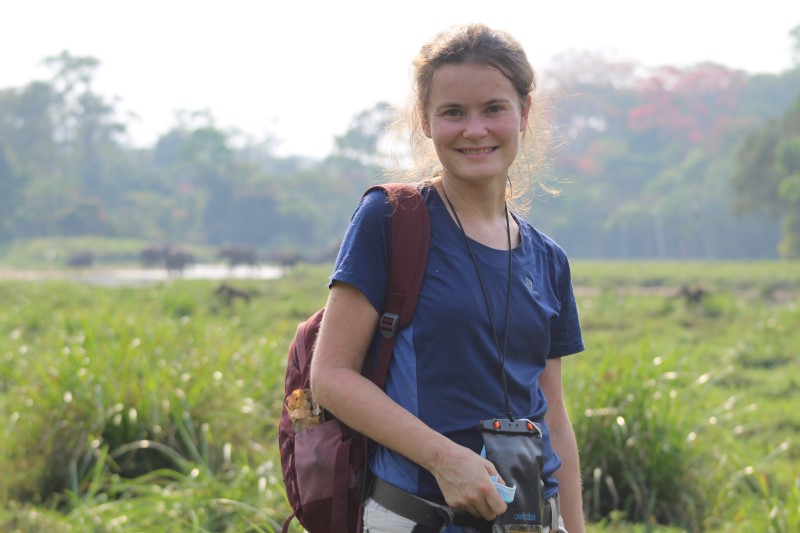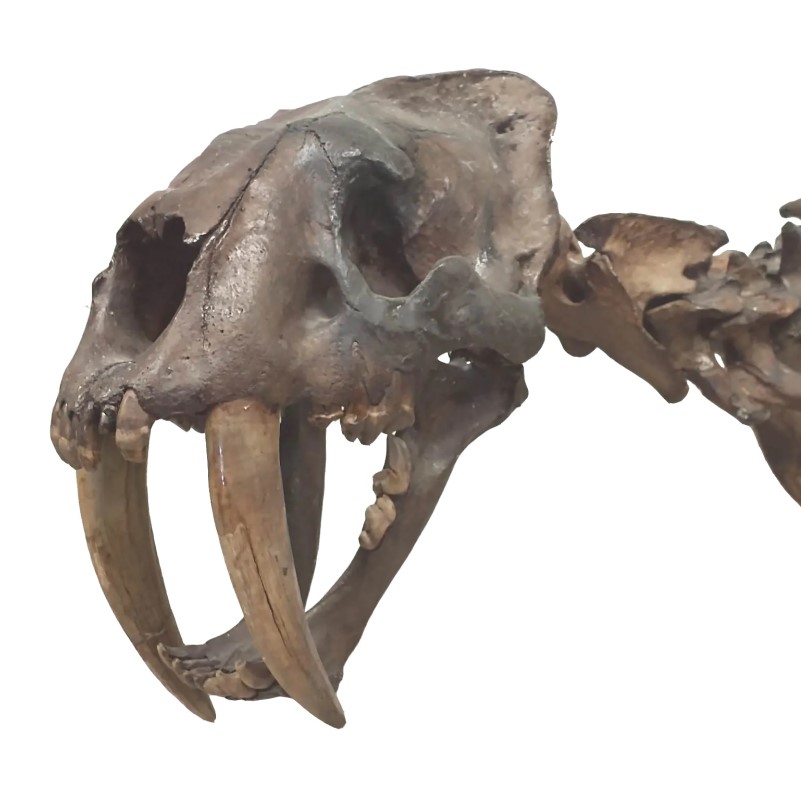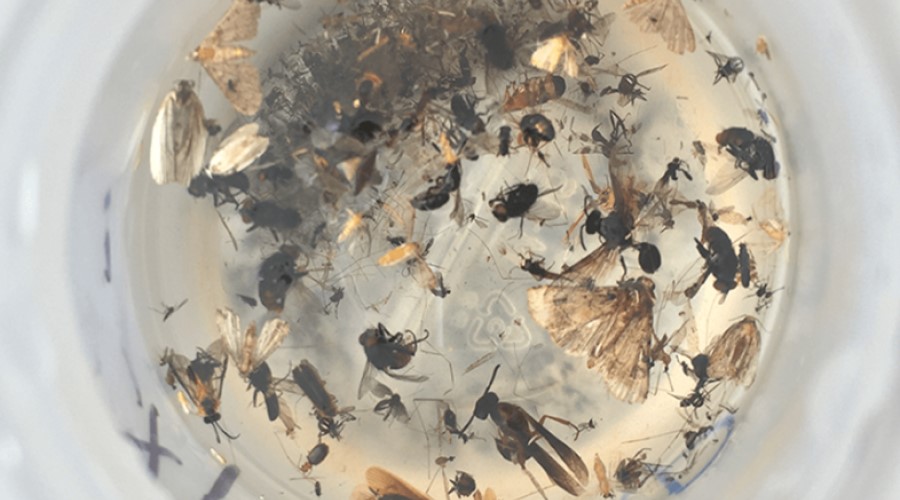Lara Nellissen, from the Muséum National d'Histoire Naturelle in Paris and the University of Neuchatel, tells us about her research published in a new Proceedings B paper, a study that investigated decision making by vocal interactions in the highly intelligent western gorillas of the Central African Republic.

For animals that live in groups, staying together is crucial. If group members cannot agree on when and where to go, the group will split, which can be dangerous for individuals. To avoid this, individual group members usually reach a consensus before departing. However, how this happens and who participates varies by species.
We were interested in how a highly intelligent animal reaches such decisions. We studied wild western gorillas, a close relative to humans. Western gorillas live in stable family groups, typically consisting of one silverback male (like the one resting above, photographed by my co-author Shelly Masi) and a few adult females with their offspring. Silverbacks are twice the size of females and females rely on them for protection. For this reason, it was thought that gorilla females only have limited influence over group decisions. This has been shown in mountain gorillas, where only the silverback initiates departures.
We revisited the question of group-level decision-making in this other ape species, the western gorilla. Western gorillas are more frugivorous than mountain gorillas and therefore rely more on botanical and spatial knowledge for finding fruiting trees. We studied the vocal exchanges before group departure in three habituated groups in the Dzanga-Sangha Protected Areas, jointly managed by the Central African government and the local World Wide Fund for Nature.
We found that travel decisions were made jointly by most or all adult group members, which involved agreeing on the timing and direction of forthcoming travel. We also found that grunt-like vocalisations played a key role during the decision making. Generally, high-ranking individuals (independently from the sex class) were more influential for determining the direction of forthcoming travel, while the timing of departure was determined by everyone who expressed their intent to travel with grunt-like vocalizations. Our results show that despite large sexual dimorphism, western gorillas made travel decisions collectively through a consensus process.

Lara Nellissen by Paul Mboko
What was your experience like publishing in Proceedings B?
We had a good experience with Proceedings B. The reviewers and editors were very helpful and gave us good feedback. Also, when we e-mailed Proceedings B for information, we always got a response from the team very quickly.
About the authors:
Lara Nellissen is a doctoral student at the Museum National d'Histoire Naturelle in Paris and the University of Neuchatel. She aims to understand how gorillas communicate to coordinate their activities.
Terence Fuh is the project manager of the Congo Basin at WWF Germany. He has spent over ten years in the field observing gorillas and worked as head of the Research, Tourism and the Primate Habituation Project in Dzanga-Sangha Protected Areas at the WWF of Central African Republic.
Klaus Zuberbühler is a Professor at the University of Neuchatel and University of St Andrews. He gained his PhD at the University of Pennsylvania. His work focusses the evolution of intelligence and origins of language, with an emphasis on primates, including great apes.
Shelly Masi is an Associate Professor at the Museum National d'Histoire Naturelle in Paris. She has been studying wild western gorillas for over 20 years in Central Africa. She obtained her PhD at the University of Rome La Sapienza and at the Max Planck Institute for Evolutionary Anthropology in Leipzig. Her work encompasses socioecology, feeding ecology, conservation, spatial navigation, cognition as well as communication of western gorillas.
Proceedings B is looking to publish more high-quality research articles and reviews in animal behaviour. If you have an idea for a Review, we strongly encourage you to submit a proposal by completing our proposal template and sending it to the journal. More information about the journal and the submission process can be found on our website.
Image credits: Gorilla photograph by Shelly Masi; photograph of Lara Nellissen by Paul Mboko.




